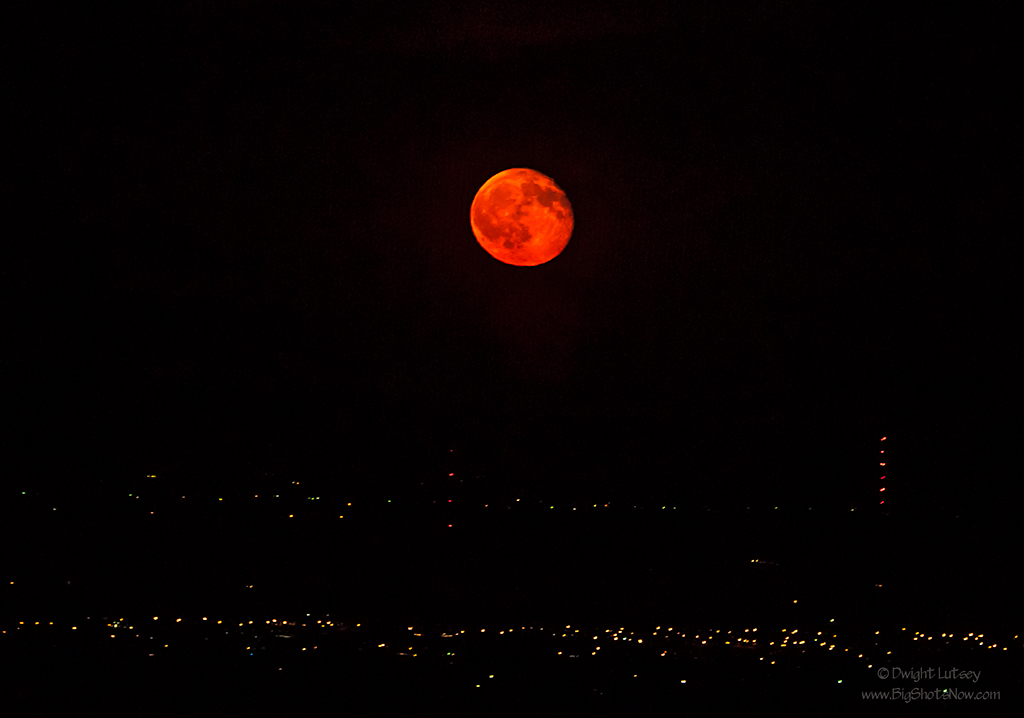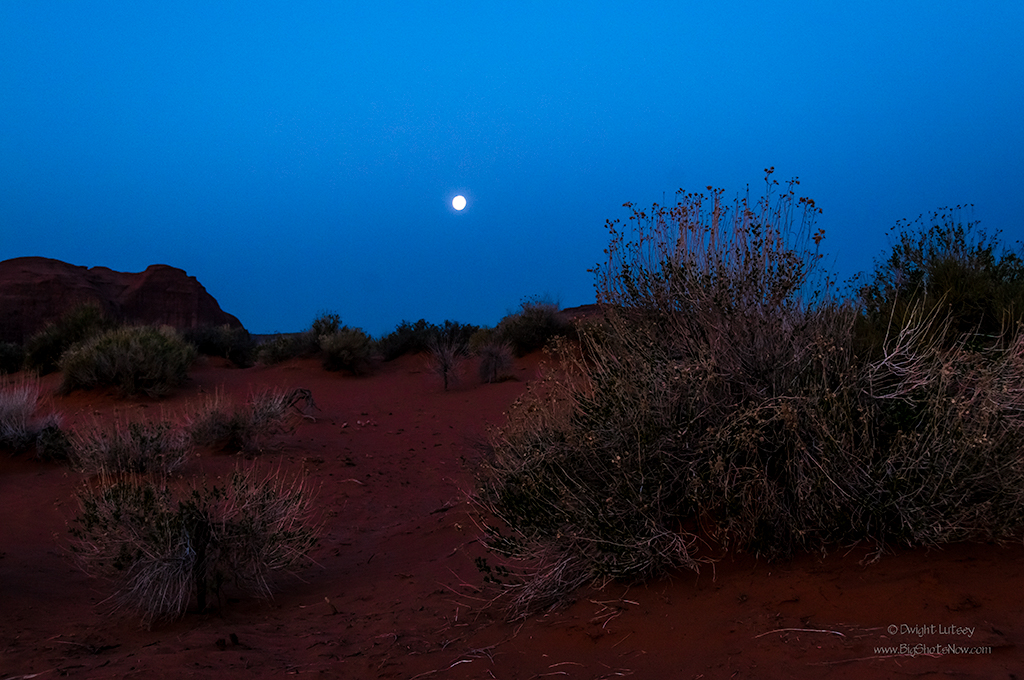Several days ago we ran a post titled Cloud Cutting http://www.bigshotsnow.com/cloud-cutting/ where we showed off our new weather modification process we have developed here at *The Institute. Using full disclosure you should know that we have “Applied for a Patent, Trademarked it , Branded it, and are protecting it by (American) gun-toting thugs”, who help us convince patent stealers to cease and desist. We have some of the best thugs in the world right here in our own country and they are all certified pure-bred American thugs with no ties to any other country. Period, End of Story. So rest easy only our real American thugs will call on you if you try to steal our patents. The Institute prides itself on buying American and keeping our hard-earned American money working here at home.
What happened was we forgot to tell you about one important aspect of our new technology. It is also as new and revolutionary as our Cloud Cutting program. We have named this new process Moon Painting. We know it’s not a very original name and doesn’t have that new pizzazz that some of our other high-profile programs do, but we wanted this new process to be identifiable by everyone, even if you have trouble analyzing new ideas or English is your seventh and final language. ( Hey we’re not knocking non-native English speakers. We applaud you on your efforts and thank you for trying). Half of our interns do not speak English all that well. In fact many of them do not have a discernible language of any sort, we communicate with them by American sign language and flash cards and loud yelling. It is a fact that if you yell loudly at them in a language they do not understand they will many times nod as if understanding your meaning and go away and do stuff. Sometimes it is even what you want them to do. Sort of.
But back to the important topic at hand, Moon Painting. Here’s how it works. The moon comes up many times after dark during the month and always it is the same old boring white. Boring being the operative word here and white being the accepted moon color for ages. Our surveys show us that frankly, the majority of you are sick of it and would welcome a new color. This was electrifying news to us as we had been secretively working on the now released Cloud Cutting program, which was only financially viable during the day. We needed another revenue stream that would fill in the rest of day, the dark part, with money generating ability. It was then when someone at one of our interminable staff meetings, we forget who, yelled out “Hey, what about the freaking moon, eh? It works at night. We should like, work on that.” He said ‘eh’ again, which is so redundant the 100th time you hear it that we have chosen to omit it from now on, we don’t care how many times he says it.
But how to paint the moon? What we needed was a “long Throw” projector. Hitachi, NEC, Christie, all make a long throw projector but we needed a very Looooong Throw projector. Like 238,900 miles long. We tried daisy-chaining a bunch of them together to get that extra reach, but that didn’t work. We tried using big fat mirrors the way the huge telescope at Arecibo works but that didn’t work either. Then one of our senior staff members who spends way too much time on Craig’s list found an old used Hubble telescope that had returned not to bunged up to Earth that we could buy really cheap. Like $260 bucks cheap although we had to pay for shipping which added like a humongous charge to it. Those folks at the Post Office even made us come and pick it up. They refused to deliver it and were snotty about it besides, which is something we intend to bring up to the Post Master General the next time we’re hobnobbing at the White house.
So, we built our own. That’s right, our very own long throw projector. After all we had our old unused ShopSmith woodworking tool, an intern with most of his fingers intact, and the hearts and minds with the collective will to do the impossible to make it happen. Yes we used the Hubble as our core and also three of those Hitachi Cp-WU8461 at ten grand a pop, our second largest expense, and using our own proprietary procedures that we’re not at liberty to disclose, built an adequate but serviceable projector. We say adequate because it does have a few wrinkles to work out yet. We use Thomas Edison’s largest light bulb ever made which is 14 feet tall, weighs eight tons, and shines like the dickens to provide our light force. We could point it at you out there in the heartland or even farther but we don’t want to put your eye out. This thing is bright. You can actually see the last one (we bought the last dozen of these bulbs they had in storage) at the Edison Museum and Memorial Tower in Edison, New Jersey. However big as the bulb is it only lasts for about 26 minutes at full power and about two and a half hours at half-strength which produces a washed out color that isn’t all that appealing. At full strength though Virgil, it’ll flat paint that moon any primary color you want. See actual image of moon being painted above. This was taken just two nights ago and we were able to keep that moon painted nearly 8 minutes before that old Edison bulb blew, taking out the mounting ring at the back of the projector, bending the mounting tube on the Hubble’s rear flange and the wall behind it. Scared the bejezuz out the operator and most of the county below the proving grounds down there on the flat lands. The lights below the moon are from the interns’ village where the substitute interns live and wait for their rotation up here at The Institute.
Our plan is to have the kinks worked out of our projector by the end of October, hopefully in time for Halloween. There are plans for many novelty projections on the moon such as a Smiley Face, Peace Symbol, Ying-Yang symbol, caricatures of your favorite or most disliked politicians, the list is endless. Plus some corporate advertising, we got to make this thing pay for itself someway. For more information or pricing please send Self-adressed stamped envelope and six dollars American money, preferably gold or silver certificates, to Tell Me More, The Institute, Northern Colorado. Please allow six to eight weeks or an even longer undetermined amount of time for delivery.
* Note: For those of you unfamiliar with The Institute and what it does, please see the page labeled The Institute on the Menu Bar above. That should explain everything. You shouldn’t have one single question remaining regarding The Institute after reading it. None. For those of you favored few who already know about the Institute, Nevermind.




You must be logged in to post a comment.